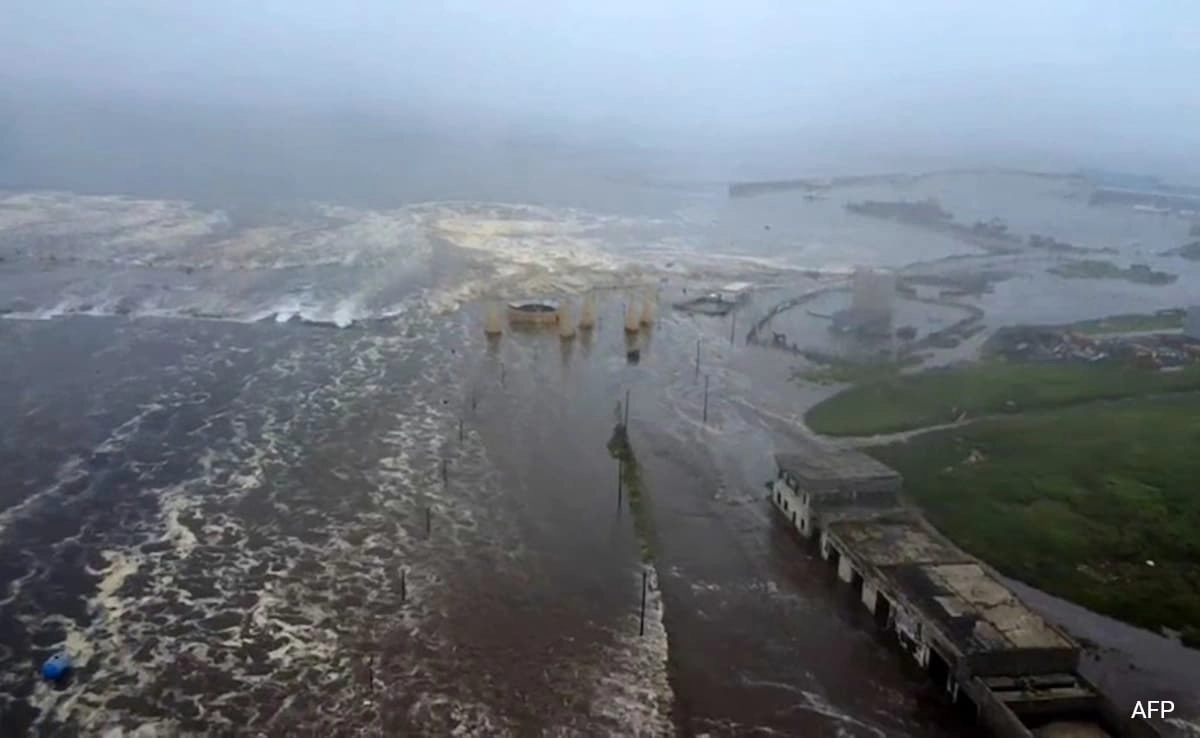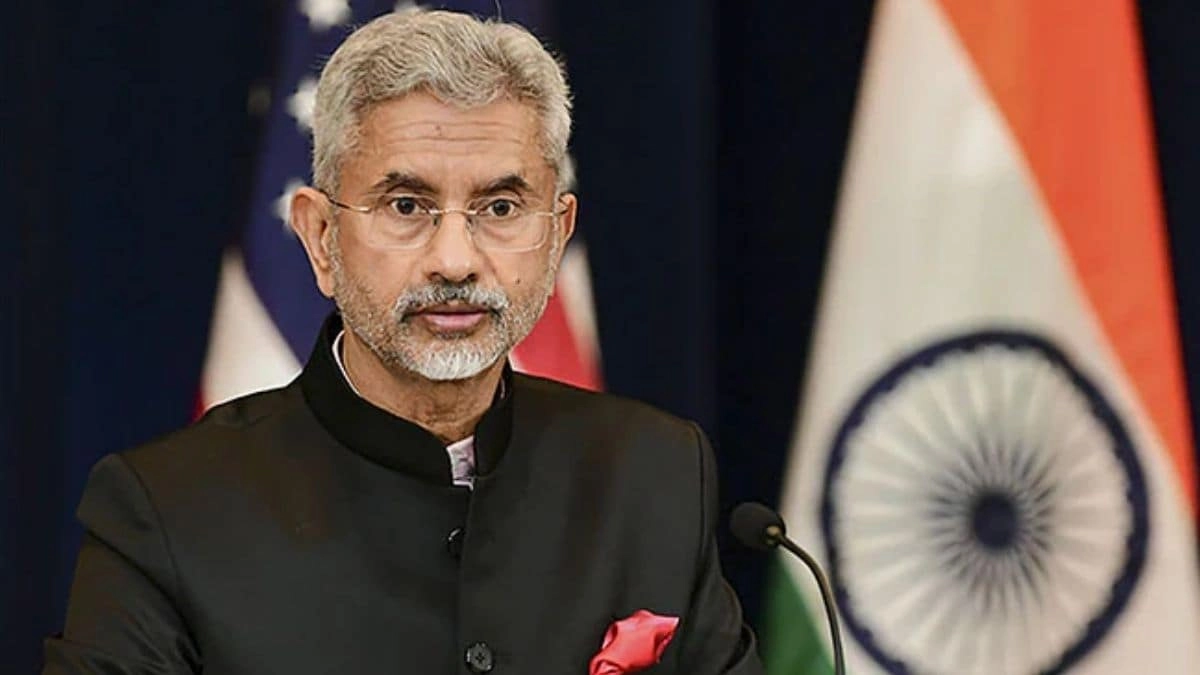On a fateful day, an 8.8 magnitude earthquake struck off the coast, generating a powerful tsunami that quickly surged towards the shores of Russia, Japan, and the United States. The seismic event, one of the most intense recorded in recent history, sent shockwaves of panic through coastal communities as alerts were issued and evacuation orders were put into place. The earthquake’s epicenter was located in a remote area, but its effects were felt far and wide. As the ocean waters receded in some areas before the waves rolled in, residents were left in a state of disbelief, grappling with the enormity of the situation.
In Japan, the tsunami wreaked havoc on coastal towns, inundating homes and infrastructure with towering waves that seemed to come from nowhere. Emergency response teams were quickly mobilized, but the sheer force of the water overwhelmed many defenses. Reports of destruction began to flood in as images of submerged cities and debris-strewn landscapes captivated the world’s attention. The Japanese government declared a state of emergency, and international aid was swiftly organized to assist in rescue and recovery efforts. In the face of such devastation, communities banded together, demonstrating resilience and solidarity in the wake of disaster.
Meanwhile, the tsunami also made its way towards the coasts of Russia and the United States, each grappling with the potential impact of this natural disaster. In Russia, coastal areas braced for the impending waves, with authorities issuing warnings and evacuations. The U.S. West Coast, particularly California and Alaska, prepared for the onslaught as scientists and emergency management teams monitored the situation closely. The threat of flooding and damage loomed large, with towns along the coastline making preparations to protect lives and property. The event underscored the interconnectedness of global communities in the face of natural calamities, as countries rallied together to share resources and support one another.
In the aftermath, the scale of the earthquake and tsunami raised important questions about preparedness and response strategies in vulnerable regions. Experts analyzed data to improve early warning systems and enhance resilience against future seismic events. The devastation served as a stark reminder of nature’s power and unpredictability, sparking conversations around climate change, infrastructure, and community safety. As recovery efforts continued, the world watched closely, united in empathy for those affected and hopeful for a swift restoration of normalcy in the impacted regions. The resilience of these communities and the global response highlighted humanity’s capacity to come together in times of crisis, showcasing both the fragility and strength of life in the face of nature’s fury.




